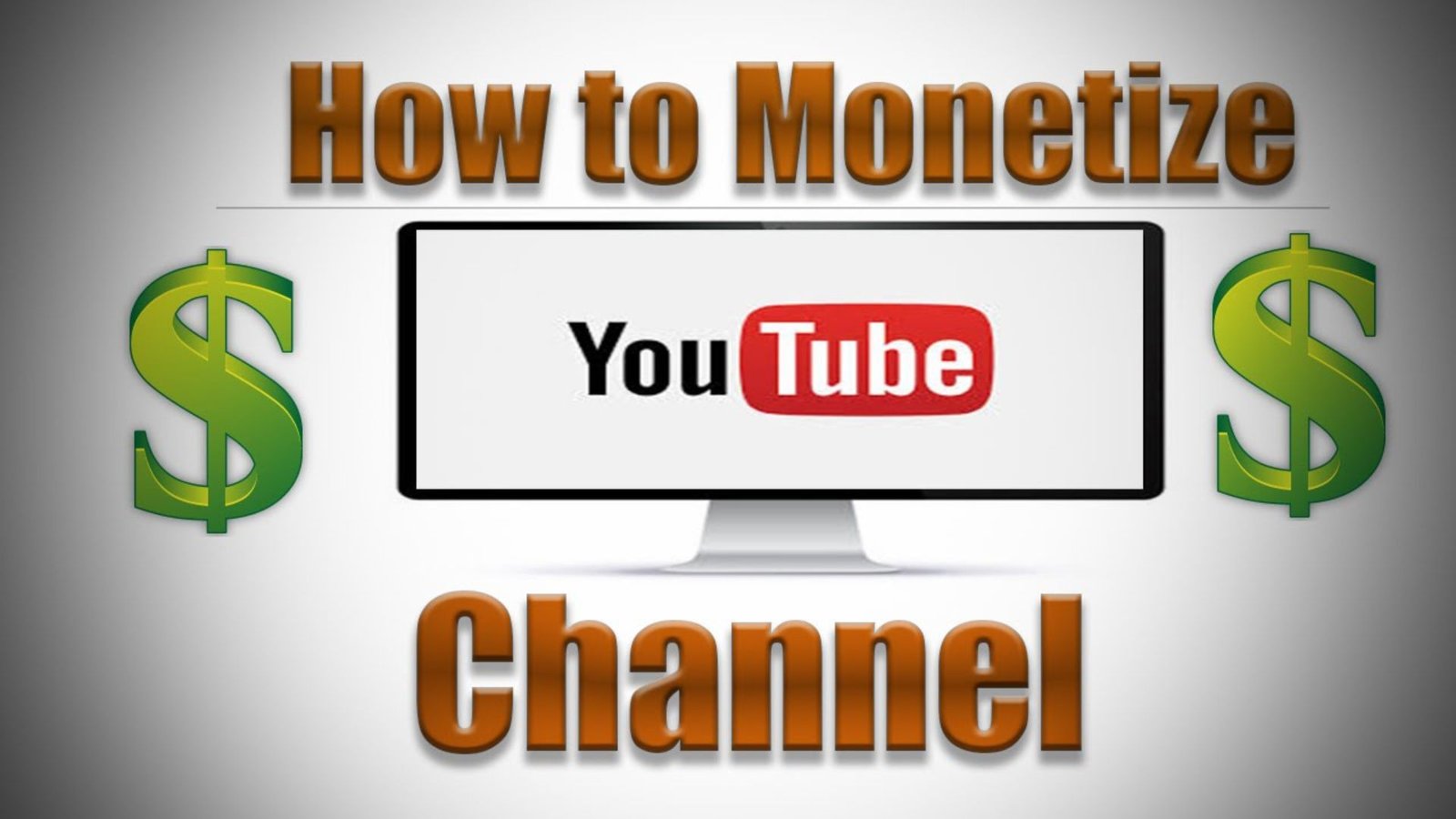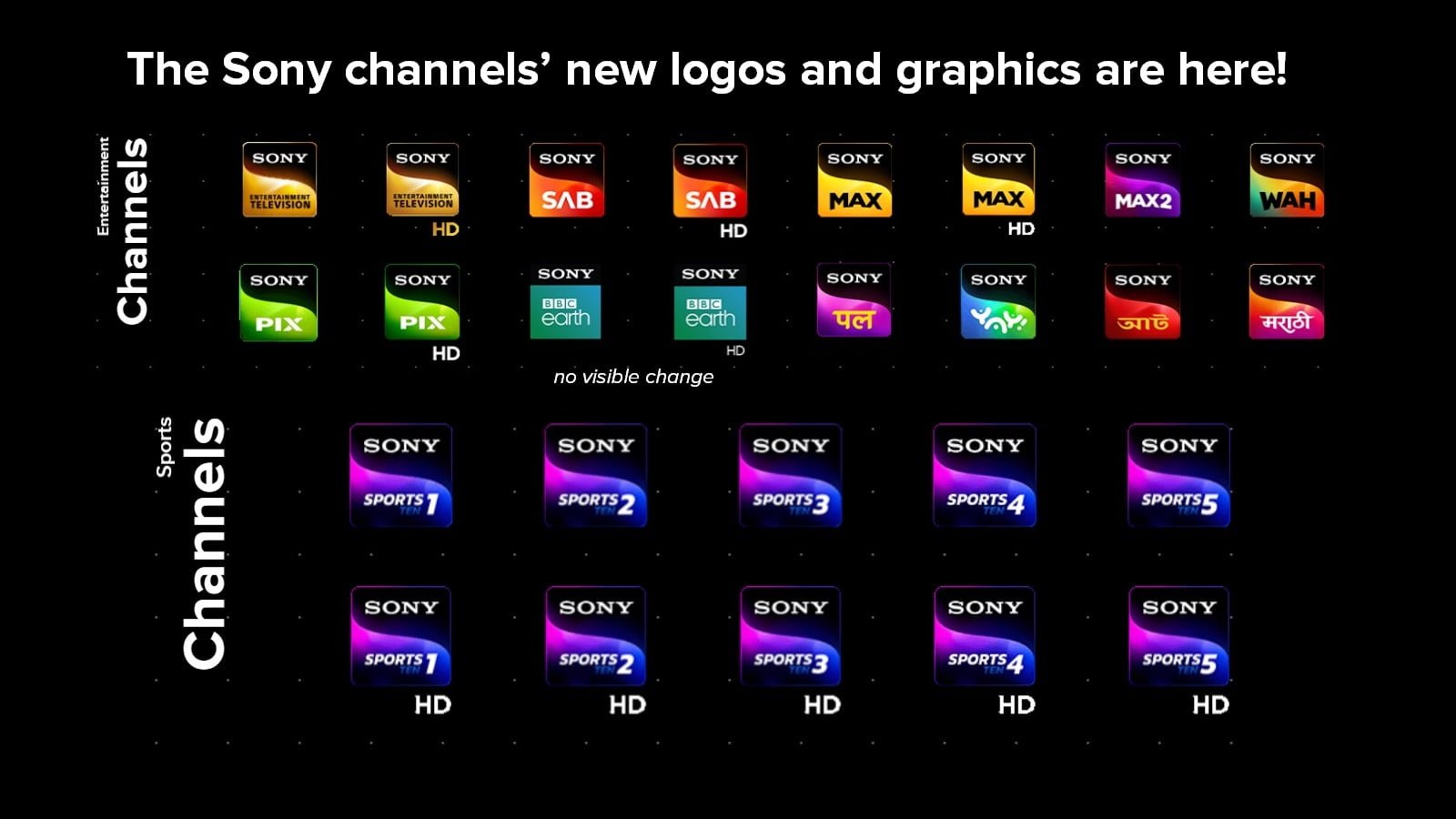YouTube has fundamentally transformed the entertainment industry, creating new opportunities for creators, changing how we consume content, and influencing the entire media landscape. Since its inception in 2005, the platform has grown from a simple video-sharing website into one of the most significant forces in global entertainment. In this article, we’ll explore the various ways YouTube has shaped modern entertainment and why it’s become a cultural and economic powerhouse.
1. Empowering Content Creators
One of YouTube’s most profound impacts is how it has empowered ordinary individuals to create and share content. Unlike traditional entertainment, where a few media giants controlled production and distribution, YouTube opened the doors for anyone with a camera and internet access to produce and share videos. This democratization of content creation allowed for an explosion of new voices, perspectives, and niche communities.
YouTube has also given rise to a new class of entertainers—YouTubers—who have garnered millions of subscribers and built lucrative careers through ad revenue, sponsorships, and merchandise sales. Creators like PewDiePie, Lilly Singh, and Casey Neistat became household names, proving that it’s possible to build a global following outside of traditional entertainment channels like TV and film.
- Tip: Aspiring creators can leverage YouTube’s platform to build their audience and monetize their content, helping shape new entertainment trends.
2. Changing How We Consume Media
Before YouTube, entertainment was largely confined to scheduled programming on television or the occasional DVD purchase. Today, YouTube has reshaped our viewing habits. With its on-demand model, viewers can access content whenever and wherever they want, which has significantly impacted traditional TV and film consumption.
The rise of YouTube has also contributed to the decline of cable TV subscriptions, as more people choose streaming services and platforms like YouTube for entertainment. The ability to instantly watch a wide variety of content, from music videos to tutorials, gaming streams, and original series, has made YouTube the go-to source for entertainment.
- Tip: YouTube’s flexible viewing experience offers an alternative to traditional broadcast TV, catering to modern audiences’ desire for convenience and choice.
3. Creating Global Reach for Local Talent
YouTube’s global platform has allowed creators to reach audiences across the world. A video uploaded in the United States can be watched by someone in Japan, India, or Brazil within minutes. This global reach has provided opportunities for local talent and creators to find audiences beyond their immediate geography, creating new opportunities for cross-cultural exchanges.
Additionally, YouTube has democratized fame, giving rise to viral content that can spread quickly across countries. This has leveled the playing field, allowing creators from diverse backgrounds to build massive audiences without needing to break into traditional entertainment industries.
- Tip: The global accessibility of YouTube makes it an excellent platform for creators to expand their fanbase and connect with international audiences.
4. Shifting Power to Viewers and Fans
Traditional entertainment has typically been shaped by powerful executives, studios, and networks. On YouTube, however, the audience holds significant power. Viewers have the ability to “vote” for content by liking, sharing, and subscribing. The direct feedback loop between creators and their audience has shifted the balance of power, making creators more accountable to their viewers’ preferences and demands.
Additionally, fans have found new ways to support their favorite YouTubers through direct donations (such as Super Chats during live streams), memberships, and crowdfunding platforms like Patreon. This fan-driven economy allows creators to rely less on traditional advertising and instead build a more sustainable business model with the support of their audience.
- Tip: Engagement with viewers through comments, live streams, and social media helps creators build loyal communities and gain valuable insights into audience preferences.

5. Influencing Pop Culture and Trends
YouTube has become a major driver of pop culture, influencing everything from fashion trends to viral challenges and even language. Creators set the tone for popular culture, with their videos often sparking new trends that quickly gain traction across social media platforms.
For example, viral YouTube challenges like the ALS Ice Bucket Challenge or dance trends from TikTok often spread to mainstream media, with celebrities and companies jumping on the bandwagon. YouTube also plays a significant role in the music industry, with music videos and viral clips launching the careers of countless musicians. The platform has become a major avenue for discovering new talent, whether it’s an emerging pop star or an indie filmmaker.
- Tip: Brands and creators can leverage YouTube to tap into viral trends and cultural moments that resonate with their audience.
6. Disrupting Traditional Film and Television Production
YouTube has had a disruptive effect on traditional entertainment industries like film and television. Many filmmakers and TV creators use the platform to experiment with new content formats, bypassing traditional gatekeepers such as studios and networks. YouTube has become a testing ground for content that may later be adapted into full-length feature films or TV series.
Moreover, YouTube Originals has allowed the platform to venture into original programming, producing its own series and documentaries. This has blurred the lines between YouTube and traditional streaming services like Netflix and Hulu, establishing YouTube as a serious contender in the world of original content.
- Tip: YouTube is now a viable platform for creators who want to take risks and experiment with new forms of storytelling, outside the constraints of traditional media.
7. Monetizing Creativity
YouTube’s monetization options have enabled creators to turn their passion into a full-time profession. The platform offers multiple ways to earn income, including ads, Super Chats, sponsorships, memberships, and merchandise sales. This shift has allowed creators to focus on producing high-quality content without relying on outside funding from traditional entertainment companies.
For many, YouTube offers a path to financial independence, with top creators making millions of dollars annually from their channels. This new model of monetizing creativity has influenced how other platforms, such as Instagram and TikTok, approach creator partnerships and revenue-sharing.
- Tip: Creators can explore various revenue streams within YouTube to create a diversified income model and sustain their careers long-term.
Conclusion
YouTube’s influence on modern entertainment is undeniable. From empowering creators to providing global access to diverse content, it has revolutionized the way we engage with media. The platform continues to shape pop culture, redefine fame, and offer opportunities for creators to build sustainable businesses. As YouTube continues to evolve, its impact on the entertainment industry will likely deepen, offering new ways to connect with audiences and create innovative content.




